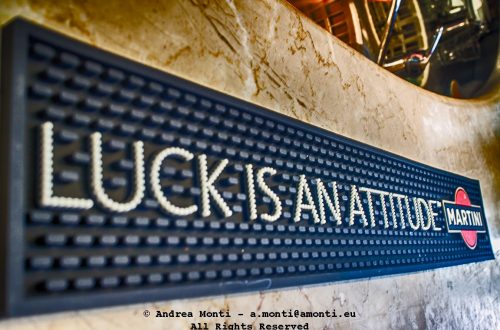
@ Mediterranean Beach Games 2015 – Italian Beach Volley Team – Marco Caminati (and a primer on sport photography, part 6)
Part 1 – Intro, Before the event, getting your media pass
Part 2 – Before the event, having your media pass working for you
Part 3 – During the event, get ready for the show
Part 4 – During the event, how to choose which event attend to
Part 5 – During the event, shooting the game
After the event
“Enjoying” the field days doesn’t end up the assignment because the selection and post processing part is as important as taking proper pictures.
1 – Selection and post processing
Depending by the assignment, you might be required to (select, process and) send your employer the pictures in real time or – if your work doesn’t need instant publication – you might have a few hours/days to work on the photos.
Either way, since the shooting phase you must have a clear idea of what your employer wants in terms of style, composition and “topics”. To give you an example of what I mean, once, a colleague working for a sponsor of the competition we we shooting at, told me something like “I don’t actually care about the game, I only must be sure to frame the sponsor logos in the picture”.
a – Mind the media
I know it sounds obvious, but as the Romans used to say, repetita juvant (repetition helps): post processing for a daily, printed newspaper is different than do it for a weekly magazine or an online publication.
If your pictures have to be published online only, than crops that wouldn’t work in print might still be able to do the job. On the contrary, what looks great on the screen (especially HDR-ed pictures) may not be so impressive on paper.
To avoid mistakes that might not be fixed due to time constraints, it is very useful to ask the employer for the technical parameters to set up in terms of resolution, color space, size and so on.
b – Mind the subject
Your employer affects the way you shoot.
If you work for a sport brand your photos are supposed to show the product in a fascinating and attractive way.
If you work for a camera manufacturer, you aim is to show the performance of the hardware.
If you work for a sport federation or a club, you are supposed to boost the team appeal.
If you work for an athlete, you must enhance his personal image.
If you stay stuck to your employer’s directions, the post production phase shouldn’t be so complicated: you already have a coherent set of images to pick up from. But if you let yourself be “possessed” by the “creativity demon” than you might be in trouble when you regain control over yourself because you might end up discovering that your beautiful pictures don’t match with the client’s desire.
c – Mind the style
Photography is deeply connected with the style of both the employer and the photographer.
As the “man in the field” you are the one that calls the shot and nobody can tell you the whats and the hows. At the very same time, though, you must be aware of the stylistic constraints set forth by the employer and, when in post, you must do your best to deliver ready-to-use pictures.
Sure, post production might not be an express obligation you took when you signed the contract, and you can tell the client to doctor the pictures on its own. But there is no second chance to offer a good first impression.
So if at first sight the client thinks that your photos don’t meet its expectation, it is of poor help to tell (or show) him that after some Photoshop Voodoo things are going to change.




